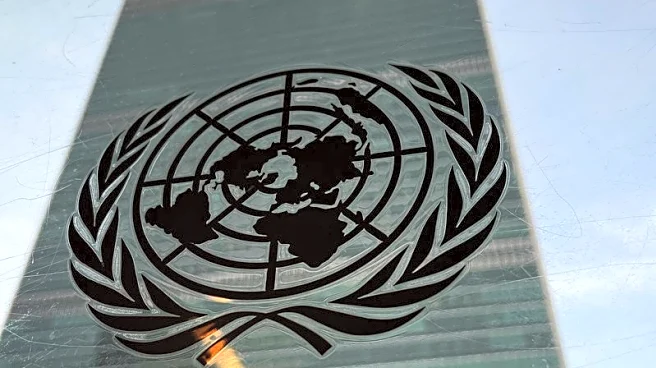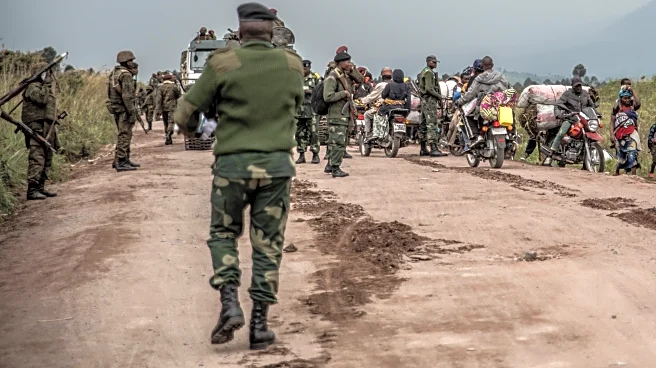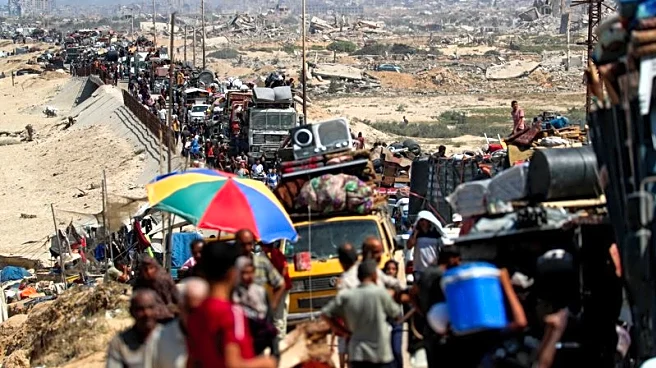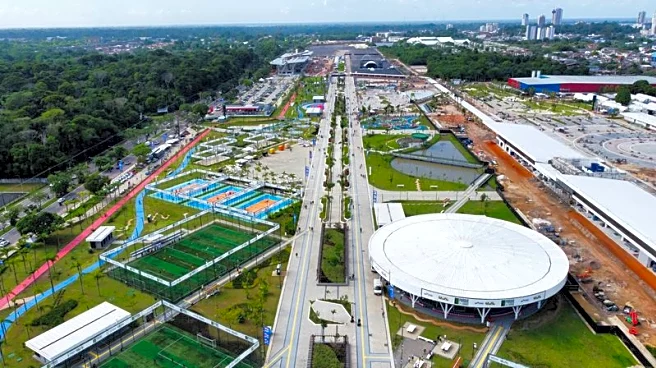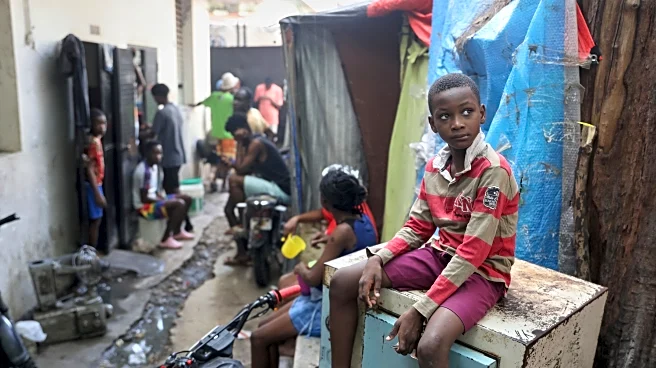What's Happening?
Syria is experiencing its worst drought in 36 years, leading to a significant food crisis. Rainfall has decreased by nearly 70%, severely affecting 75% of the country's rain-fed farmland. This has resulted in a 40% reduction in wheat harvests, creating a wheat shortfall of 2.73 million tonnes, which is essential for the dietary needs of 16.25 million people. Over 14 million Syrians, or six in ten people, are struggling with food insecurity, with 9.1 million facing acute hunger. The drought has forced farming families to sell livestock and reduce daily meals, increasing malnutrition rates among children and pregnant women.
Why It's Important?
The drought in Syria has far-reaching implications, threatening to exacerbate the already dire humanitarian situation in the country. With nearly 90% of the population living in poverty, the food crisis could lead to increased migration and social instability. The rising cost of bread and other staples due to the wheat shortage will further strain urban households, while rural families face the collapse of their livelihoods. The situation underscores the urgent need for international aid and intervention to prevent a worsening crisis that could have regional implications.
What's Next?
Without significant food aid or the ability to import wheat, Syria's hunger crisis is expected to worsen. The United Nations and other international organizations may need to increase their efforts to provide relief and support to the affected populations. Additionally, the Syrian government and international community must explore sustainable solutions to address the underlying causes of the drought and improve agricultural resilience.
Beyond the Headlines
The drought in Syria highlights the broader challenges of climate change and its impact on food security. As weather patterns become more unpredictable, countries reliant on rain-fed agriculture may face similar crises. This situation calls for increased investment in climate adaptation strategies and technologies to ensure food security in vulnerable regions.

